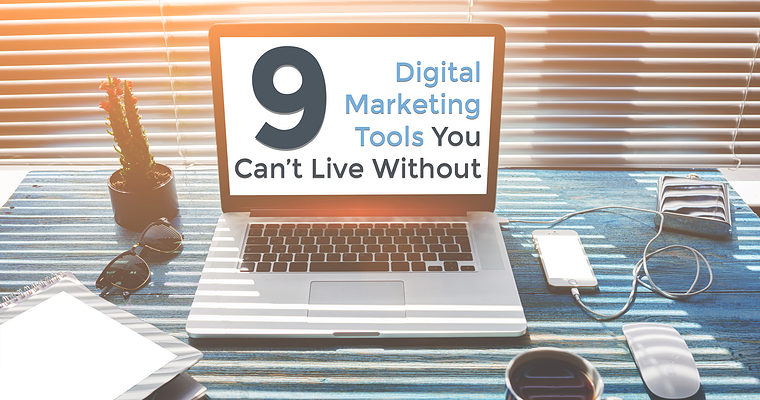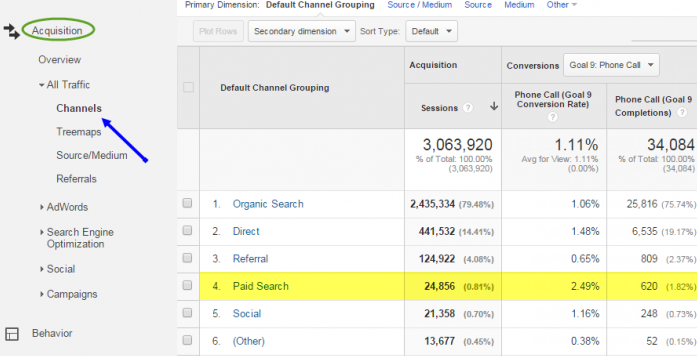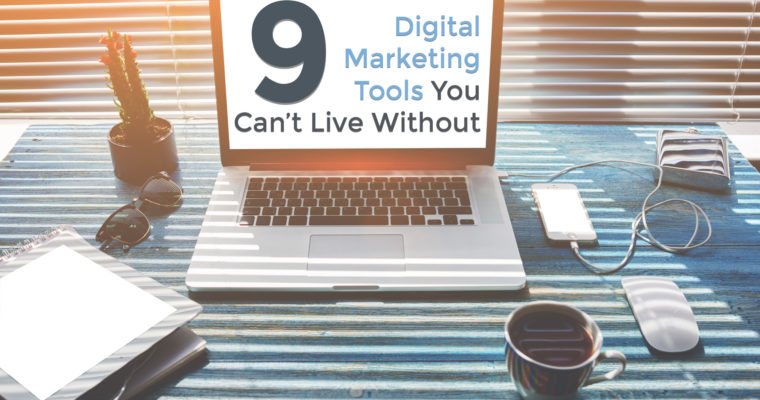From Google Analytics to Mention and Copyscape, let our favorites be yours! Bounce rates can gauge if your website is visually appealing, has good content and good user experience, and is easy to navigate if visitors are looking for certain info. It’s a fantastic email marketing tool that lets you create, send, and track HTML email campaigns with an easy-to-use drag-and-drop user interface. When working with clients, it is important that the designs used for their social shares are in line with their visual standards and not ours. SEMrush is an online software that digital marketers and online businesses use to collect valuable information about their online presence. SEMrush allows you to observe the success of your online marketing efforts but also track your competitors, which is great. All of this can help marketers and businesses make decisions without having to use six tools on the web. When working on new website content, blogs, email campaigns, and Google ads, we always run every piece of content through a plagiarism check. It lets us run a full scan on websites and helps optimize our SEO to the max. MailTester: Spam-proof Your Emails According to email spam stats published on Hubspot, marketing emails are responsible for about 70% of spamming complaints.

Neither author nor SEJ has any affiliation with any of the tools mentioned within this post.
To help you kick off 2017 right and reach your marketing goals this year, I’ve put together a list of must-have digital marketing tools that simplify and enhance work life, day in and day out. From Google Analytics to Mention and Copyscape, let our favorites be yours!
Google Analytics: Know Your Audience
What we see a lot in new clients who explore digital marketing for the first time is that they don’t know where to start when it comes to utilizing their data. With endless ways for customers to interact with your brand in the modern era — everywhere from in-store to tablets to smart watches — it can become a challenge to piece together a complete picture of your audience. Yet that full understanding of your audience is key to make the right marketing moves. That’s where Google Analytics comes in. As a digital marketing agency, three of our most used functions are:
Bounce Rate: Bounce rate is measured as the number of visitors that come to your site and only view one page before they leave again without completing an action. Bounce rates can gauge if your website is visually appealing, has good content and good user experience, and is easy to navigate if visitors are looking for certain info. While all businesses should take advantage of small adjustments to lower bounce rate, if your bounce rate is significantly above 40%, it’s time to audit your site and figure out what is driving visitors away. Sometimes simple common sense will give you the answer, or maybe you need user testing to identify the issue.
Conversion Rate: This is very straightforward. It reflects the number of visitors who perform a specific action on a page that converts into a lead for you. Why is this important? If you have an action you want users to perform (buy something, book something, download an item, or fill out a form), the conversion rate tells you how effective each of your pages is in leading users to complete that action.
One of our clients, for example, works with a complex eight-step booking system on their website. We’ve implemented Google Analytics and can now tell exactly how often potential bookings don’t get completed and in which step of the process users drop off. That’s crucial information and helps us optimize the process to see higher conversion rates and to craft the best customer experience possible.
Plus, especially with consumers shopping more online, the effectiveness of your website is a vital KPI for e-commerce businesses. These statistics by Custora E-commerce Pulse visualize the potential loss of sales for online businesses with low website conversion rates:

Channels: Where are your visitors coming from? Is it organic search traffic? Referral? Paid? This helps businesses gauge your marketing efforts. For example, if you are running radio ads, you may see a spike in direct traffic because you mention your website at the end of the ad. If you’re investing in SEO, you will see movement — hopefully an increase — in your organic search traffic. If you’re running a Facebook contest, you’d hope to see more visits from social. The breakdown in channels basically helps businesses see which marketing efforts are driving the most eyeballs to their site. By engaging other metrics like bounce rate and conversion rate, you will find out if your website is what users want to see.

MailChimp: Power Up Your Email Campaigns
Constant Contact used to be the go-to service for newsletters until MailChimp came along. MailChimp makes crafting newsletters fun — our designers love it. It’s a fantastic email marketing tool that lets you create, send, and track HTML email campaigns with an easy-to-use drag-and-drop user interface.
From an SEO perspective, we love that it has powerful reporting features and comes with integrations that give its functionality that extra bit of oomph: WordPress, Twitter, Facebook, Magento, Salesforce, ZenDesk, Shopify, WooCommerce, Mandrill, Eventbrite, Unbounce, Squarespace, Drupal, Slack, and Google Analytics — just to mention a few. One click and the recipient can share your content on Twitter, helping you increase your exposure!
In terms of understanding your audience and giving them what they want, Mailchimp’s A/B testing feature is gold. It allows you to design two entirely different emails — or just two different subject lines — and send option A to one-half of your subscribers and option B to another while tracking opening rates for both. That way, you collect valuable information about what speaks to your audience and learn how to craft amazing content that drives up your opening rates in the future and ultimately helps increase your page conversions. Since email is still the driving force behind e-commerce purchases this November, you’ll want to definitely up your game to make every email count.
That way, you collect valuable information about what speaks to your audience and learn how to craft amazing content that drives up your opening rates in the future and ultimately helps increase your page conversions. Since email is still the driving force behind e-commerce purchases this November, you’ll want to definitely…

COMMENTS